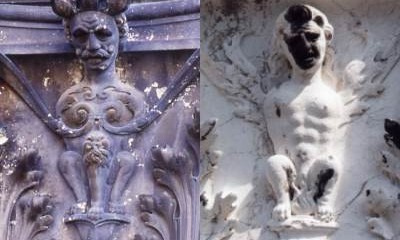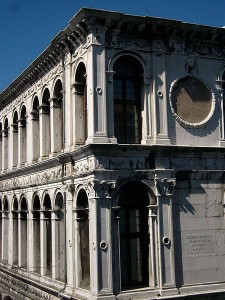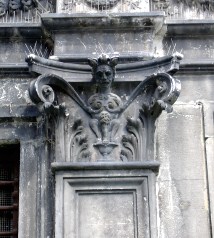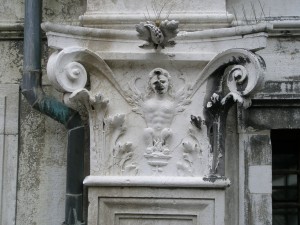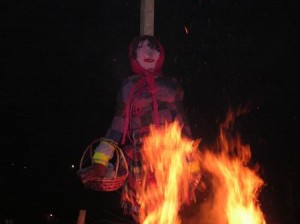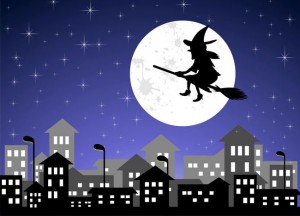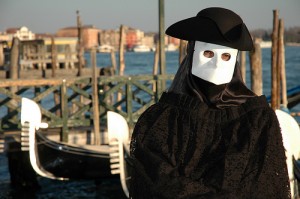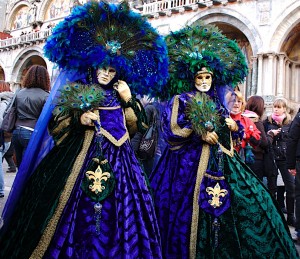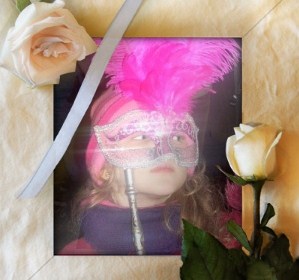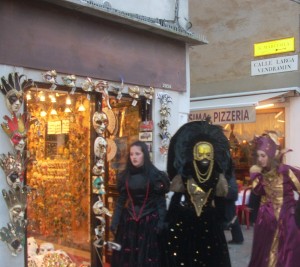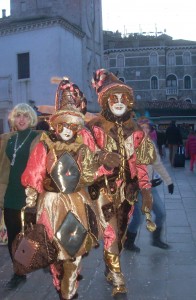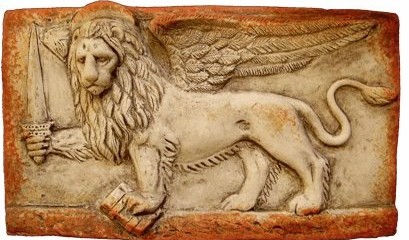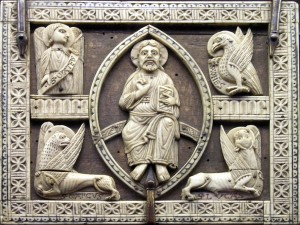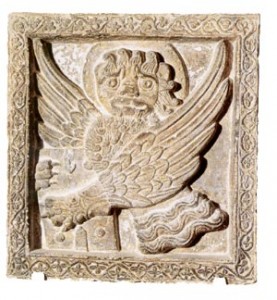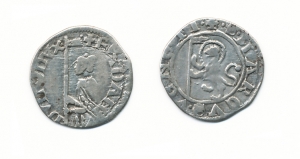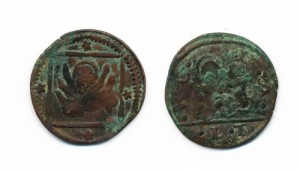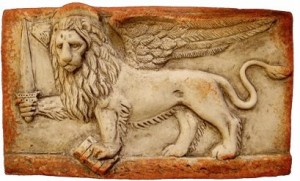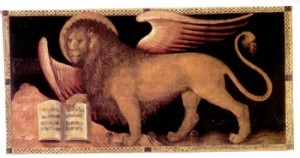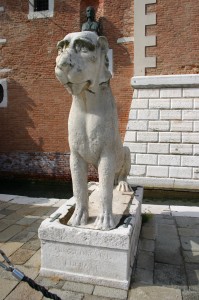Venezia -Feste di carnevale- Giovedi grasso
grasso
Al inizio di ogni Carnevale si stabilisce la data dell’inizio dei festeggiamenti ufficiali in coincidenza con il sabato precedente al Giovedi Grasso ed il termine con il Martedi Grasso, per una durata complessiva di soli undici giorni.
Durante il Carnevale le attività e gli affari dei veneziani passavano in secondo piano, ed essi concedevano molto del loro tempo a festeggiamenti, burle, divertimenti e spettacoli che venivano allestiti in tutta la città, soprattutto in Piazza San Marco, lungo la Riva degli Schiavoni e in tutti i maggiori campi di Venezia.
Antica, (strana) origine della festa …
..celebrava un’importante vittoria della Serenissima Repubblica, contro il patriarca Ulrico, (o Volrico o Vodolrico, che ebbe l’investitura da Federico Barbarossa 1161)
Tutto inizia nel 1026 quando Corrado II imperatore di occidente ,costrinse papa giovanni XIX ad un nuovo sinodo dei vescovi per confermare la supremazia del Popone ,cardinale d’Aquileia nei confronti del patriarcato di Grado caro invece a Venezia e a Bisanzio.Nel 1028 l’imperatore cede al patriarca Popone di Aquileia parte del Friuli.
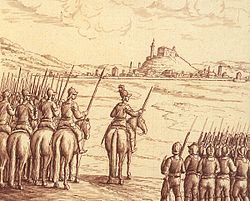 Nel 1162 Ulrico, patriarca di Aquileia assieme ad alcuni feudatari friulani (per rinnovare le gesta del suo avo ), approfittando della guerra in corso tra Venezia e le città di Padova e Ferrara , aiutato da feudatari della Carinzia e del Friuli, assalì la città di Grado,costringendo il suo patriarca Enrico Dandolo a rifugiarsi a Venezia.Il patriarca Dandolo con l’aiuto militare dal Doge Vitale Michieli II ,in breve tempo sconfigge il nemico , riacquista la città , e cattura l’Ulrico con dodici dei suoi canonici, che conduce in trionfo a Venezia. Per liberarsi dalla prigionia questi dovette promettere di pagare ai veneziani un tributo annuale di; un toro ,dodici pani, e dodici porci . Gli animali venivano accolti quindi come prigionieri in Palazzo Ducale.
Nel 1162 Ulrico, patriarca di Aquileia assieme ad alcuni feudatari friulani (per rinnovare le gesta del suo avo ), approfittando della guerra in corso tra Venezia e le città di Padova e Ferrara , aiutato da feudatari della Carinzia e del Friuli, assalì la città di Grado,costringendo il suo patriarca Enrico Dandolo a rifugiarsi a Venezia.Il patriarca Dandolo con l’aiuto militare dal Doge Vitale Michieli II ,in breve tempo sconfigge il nemico , riacquista la città , e cattura l’Ulrico con dodici dei suoi canonici, che conduce in trionfo a Venezia. Per liberarsi dalla prigionia questi dovette promettere di pagare ai veneziani un tributo annuale di; un toro ,dodici pani, e dodici porci . Gli animali venivano accolti quindi come prigionieri in Palazzo Ducale.
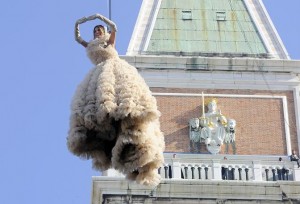 Da allora nel giorno di giovedì grasso, anniversario della vittoria, i porci ed il toro che giungevano a Venezia venivano condannati a morte mediante decapitazione da un vero magistrato e la sentenza veniva pubblicamente eseguita in piazza S.Marco. Le carni dei “criminali” venivano quindi distribuite tra i senatori della Repubblica,mentre i pani venivano distribuiti nelle Serenissime prigioni.
Da allora nel giorno di giovedì grasso, anniversario della vittoria, i porci ed il toro che giungevano a Venezia venivano condannati a morte mediante decapitazione da un vero magistrato e la sentenza veniva pubblicamente eseguita in piazza S.Marco. Le carni dei “criminali” venivano quindi distribuite tra i senatori della Repubblica,mentre i pani venivano distribuiti nelle Serenissime prigioni.
Tale onore era affidato alla Corporazione dei fabbri, assistiti da quella dei macellai (becheri) che poi li macellavano per tutto il popolo veneziano. Da qui nasce il detto veneziano: “tagiar la testa al toro” (che significa togliere di mezzo gli ostacoli, finire in maniera definitiva un problema), poiché con il taglio netto della testa del toro era posta la fine dello spettacolo.L’intenzione del doge, oltre al monito per i nemici, era di perpetuare in questo modo il ricordo di “azioni eroiche, vittoriose”, e di infondere alle generazioni future l’orgoglio della forza veneziana, perché è chiaro che l’offerta obbligata era destinata a Venezia non a Grado.
I principali esponenti dello Stato, Doge in testa, erano protagonisti di un’altra singolare cerimonia: in una sala del palazzo Ducale venivano allestiti dei modelli di castelli in legno raffiguranti quelli dei feudatari di Ulrico; armati con delle mazze ferrate i dignitari si divertivano nello sfasciare tutto… a perenne ricordo della clamorosa sconfitta inflitta ai friulani.
Questa storia ha pero ripercussioni verso i Udinesi , nel giovedì grasso dell anno 1511 e fu chiamato :Crudele giovedì grasso.
 Il governo Veneziano non aveva mai considerato il Friuli allo stesso rango degli altri domini di terra ma aveva interesse a mantenervi il suo predominio per tenere quanto più distanti da Venezia le armate turche e imperiali.Questo atteggiamento si rifletteva anche nelle scelte politiche caratterizzate dalla mancanza di provvedimenti atti a migliorare la condizione della popolazione (principalmente rurale) sul piano sociale ed economico. La nobiltà, privata del suo antico potere dal governo di Venezia, cercava di mantenere il suo status sociale sfruttando i pochi diritti rimasti e i servigi dovuti dai contadini portando all’esasperazione i rapporti feudali di tipo suddito (contadino) – signore (nobile) .Cosi nacque partito degli ZAMBERLANI (çambarlans),formato dai contadini , i nobili invece si riuniscono anche loro in un partito chiamato degli STRUMIERI.
Il governo Veneziano non aveva mai considerato il Friuli allo stesso rango degli altri domini di terra ma aveva interesse a mantenervi il suo predominio per tenere quanto più distanti da Venezia le armate turche e imperiali.Questo atteggiamento si rifletteva anche nelle scelte politiche caratterizzate dalla mancanza di provvedimenti atti a migliorare la condizione della popolazione (principalmente rurale) sul piano sociale ed economico. La nobiltà, privata del suo antico potere dal governo di Venezia, cercava di mantenere il suo status sociale sfruttando i pochi diritti rimasti e i servigi dovuti dai contadini portando all’esasperazione i rapporti feudali di tipo suddito (contadino) – signore (nobile) .Cosi nacque partito degli ZAMBERLANI (çambarlans),formato dai contadini , i nobili invece si riuniscono anche loro in un partito chiamato degli STRUMIERI.
Il giorno di giovedì grasso (27 febbraio 1511) Antonio Savorgnan,comandante generale delle cernide, le milizie armate contadine (che venivano richiamate in caso di guerra) inscenò un attacco imperiale a Udine (in realtà si trattava di soldati cividalesi comandati da Alvise da Porto, suo nipote). Nel mezzo del caos creato dal mancato attacco, i bravi dei Savorgnan aizzarono la popolazione in armi al saccheggio delle dimore cittadine dei della Torre.Gli abitanti dei villaggi, per lo più contadini, armati come per andare in battaglia assediarono i castelli udinesi abitati dalla nobiltà (fatta eccezione per il palazzo dei Savorgnan, vero quartier generale della rivolta).Nel frattempo la scia di violenze si diffuse a macchia d’olio ai territori limitrofi di Udine e pian piano a tutta la regione.
Il governo di Venezia istituì un tribunale speciale che condannò a morte i maggiori esponenti della rivolta, senza però colpire il vero artefice, Antonio Savorgnan.
La vendetta però non tardò ad arrivare poiché una congiura di ” strumieri” organizzò il suo assassinio che avvenne il 27 marzo 1512 all’uscita del duomo di Villaco per mano dei nobili di Spilimbergo e di Colloredo.
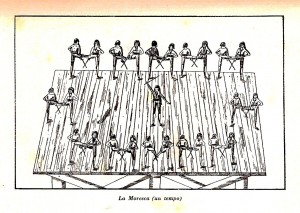 La tradizione, del toro ,continuò fino al 1420 (data di estinzione del potere temporale dei patriarchi di Aquileia quando il Friuli passò sotto la dominazione di Venezia.) ma, nonostante il tributo non venisse più versato, lo Stato continuò a fornire porci e tori per il divertimento popolare con i fondi del Tesoro della Repubblica.Questo scherzevole tributo dà origine a feste popolari assai curiose. All’esecuzione seguivano i festeggiamenti quali “forze d’Ercole”, acrobazie quali lo “Svolo del turco” e danze quali la “Moresca” (danza guerriera).
La tradizione, del toro ,continuò fino al 1420 (data di estinzione del potere temporale dei patriarchi di Aquileia quando il Friuli passò sotto la dominazione di Venezia.) ma, nonostante il tributo non venisse più versato, lo Stato continuò a fornire porci e tori per il divertimento popolare con i fondi del Tesoro della Repubblica.Questo scherzevole tributo dà origine a feste popolari assai curiose. All’esecuzione seguivano i festeggiamenti quali “forze d’Ercole”, acrobazie quali lo “Svolo del turco” e danze quali la “Moresca” (danza guerriera).
Altri articoli: http://dipoco.altervista.org/altri-articoli/
visita il mio sito: http://ginocosta.altervista.org

